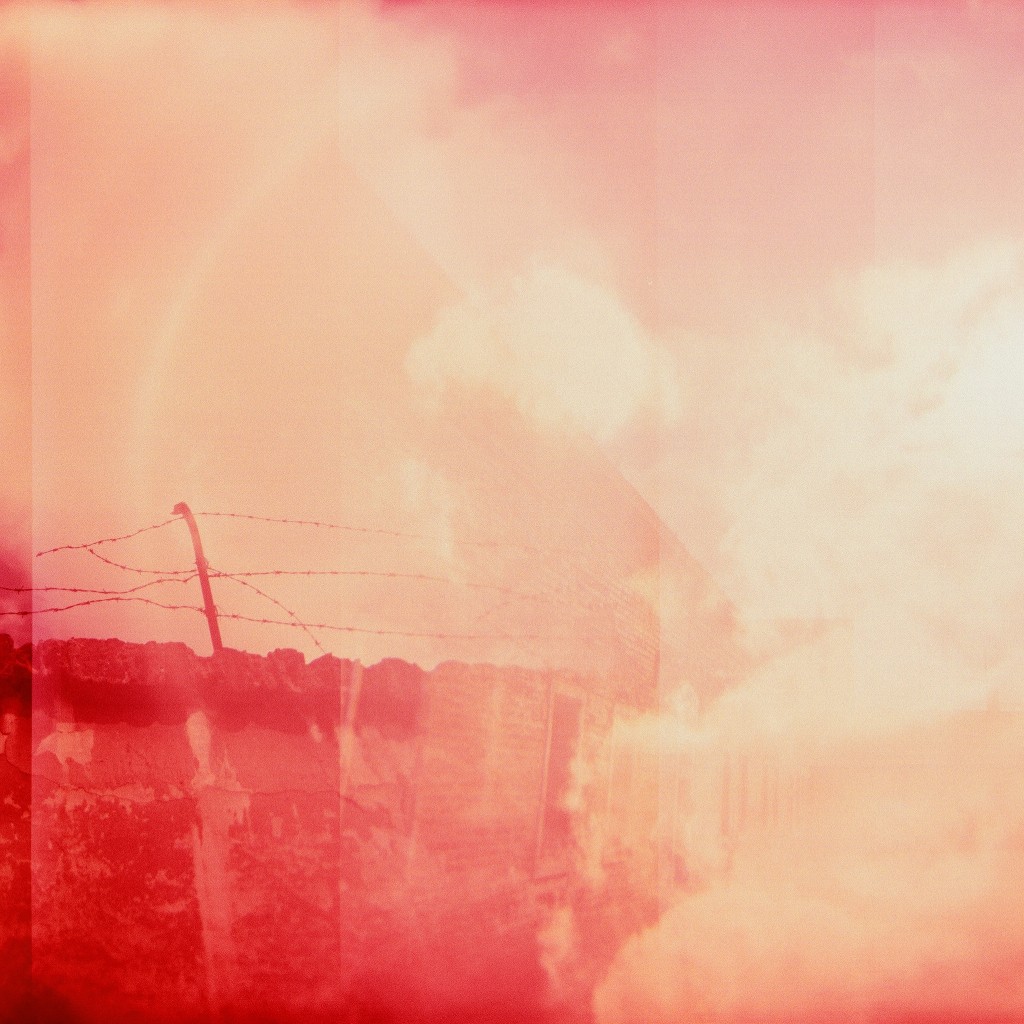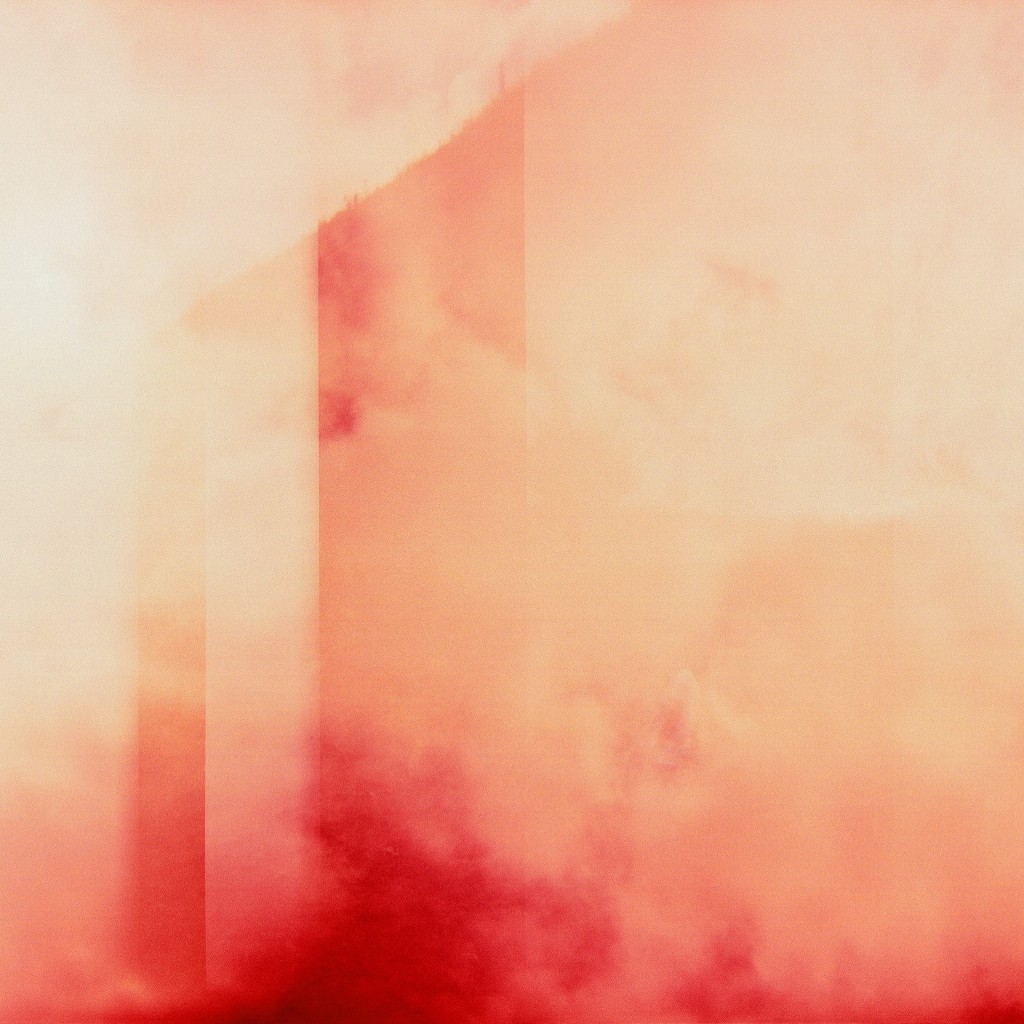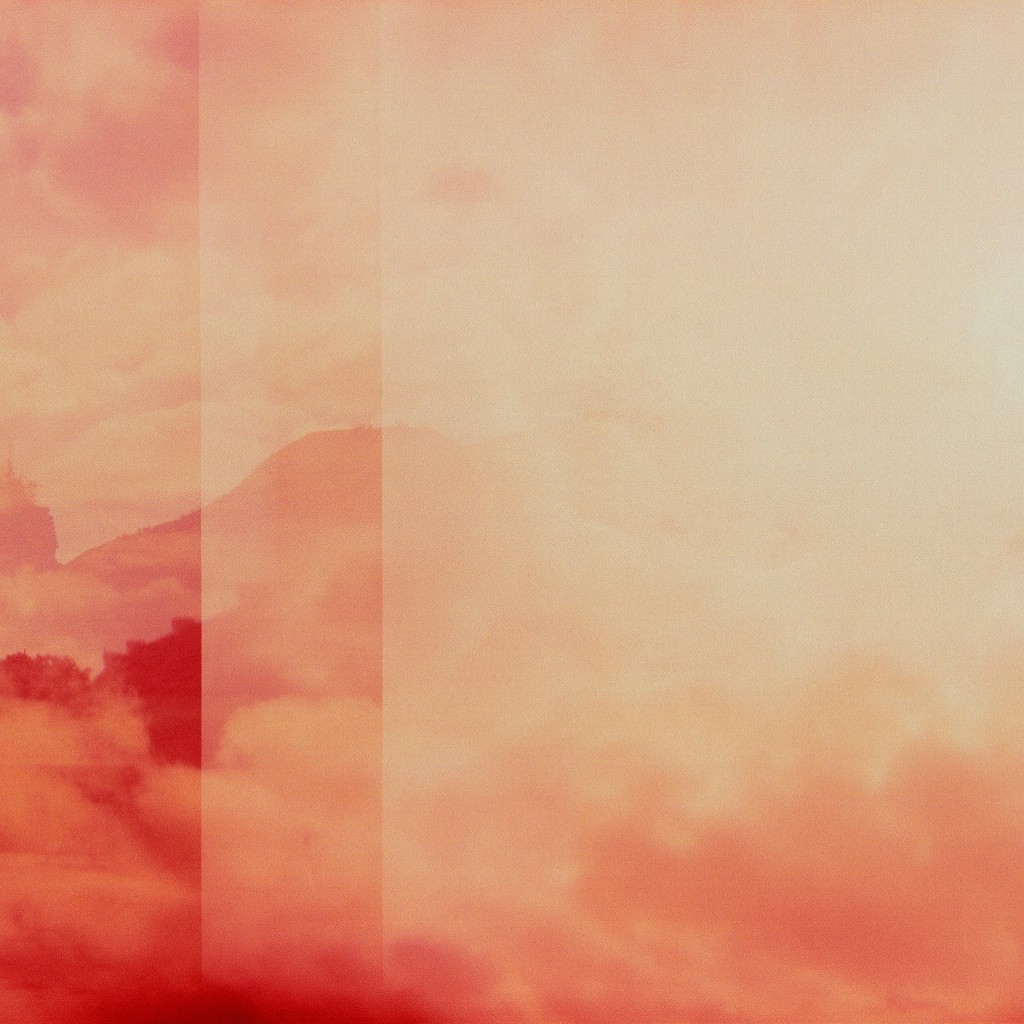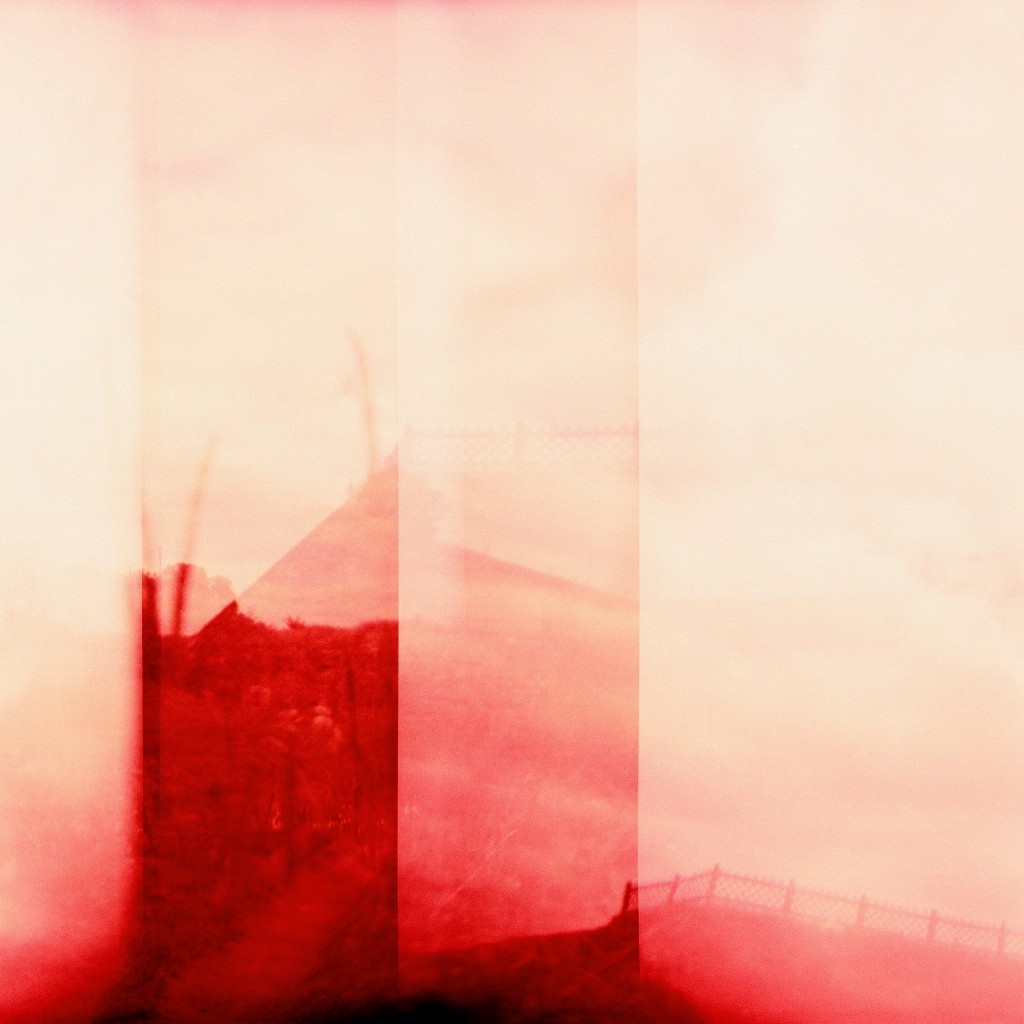August 18, 2010
Since being back in the States, I’ve been sifting through my photographs and texts from the summer’s field work in Czech Republic and Germany. One of the projects has been the unwieldy encounters with Europe’s Jewish ghettos – my months spent within them has knotted me beyond measure: art and expression is an exploration of the knots, without knowing whether they will ever loosen.
The ghettos are places that still occupy a charged and often volatile, vulnerable place between self-defined community and socially-condoned public imprisonment. I’ve visited many now: Vilnius, Riga, Lisbon, Prague, Tallinn, Florence, Bern, Paris, and many more throughout Germany. They are places where the heart gets ripped apart.
In many ways, this “encountering” project began as an impassioned dialogue with the poet Chaim Bialik – a conversation separated by exactly one hundred years. We were born exactly one hundred years apart. In 1903, the thirty-year-old poet travelled to the village of Chişinău to interview survivors of the notorious Kishinev pogroms. Although the Odessa Jewish Historical Commission had asked him to prepare a report, his lasting response was a poem: In the City of Slaughter.
A powerful elegy, the poem is also a muscular, furious outcry against the endemic vulnerability of Jews segregated within the ghettos of Europe. His work is explicit and painful – it gathers anger. It speaks to the danger of identification as victim. He has outrage at the incomprehensible pastoral domestic beauty that persists within – and in some ways, against – the violent betrayal of massacre.
Pass over the shattered hearth, attain the broken wall
Whose burnt and barren brick, whose charred stones reveal
The open mouths of such wounds, that no mending
Shall ever mend, nor healing ever heal.
And for a moment thy swift eye will pass
Upon the verdant carpet of the grass -
A lovely thing!
Fragrant and moist, as it is always at the
coming of the Spring!
The stubble of death, the growth of tombstones!
– Chaim Bialik
To me, experiencing springtime at these sites of genocide was truly horrifying. I had read his lines before, but had not been prepared for violets cascading over execution ranges. Or for startling crimson roses clambering over ash mounds where the unnamed remains of thousands are dumped in a heap. It made me angry that flowers could live where we died – and that anger at ecology, too, came as a surprise.
Bialik left a passageway with his poem: a guide to those who followed after him. To those who come later, helpless, to witness the earth and soil where genocide took place. In the instances of actually standing there, overwhelmed, the words of this older poet offered a line to a larger continuum of artists struggling between aesthetics, ethics, and the responsibility and impossibility of using them to empower resistance.
Two years ago, I began work on the Ghetto/In the City of Slaughter project within the Portuguese Jewish ghettos of Lisbon and Porto during weeks of the High Holy Days. Centuries after the Portuguese Inquision, the walls and doors bear scars of the torment, torture, decimation and near extinction experienced by the ghetto inhabitants. And in the autumn light, shadows cast against the stained doorframes that once held mezzuzot.
I recognized the maddening, lyric, aesthetic prettiness that so frustrated Bialik the artist: what is the implication of constructing an aesthetic encounter with genocide? Does the location or observation of grace and beauty minimize or denigrate the injustice?
And I also encountered the politicized Bialik: does this aestheticization create a sentimentality about victimization?
How should a witness inhabit the moral tension of “normalcy” at the site of atrocity, where there are mass graves as well as laundry lines, flowerpots, and housecats?
These places feel like home, and like horror.
Much of the artistic response to the Holocaust has avoided the use of color, and dwelt within a palette of blacks and greys: the color of mourning, and of documentary photography and film. Yet in person, these landscapes have color, and to me, the emotions invoked have color. Blood is red when it spills – it’s only later it turns black.
I found it utterly impossible to walk through the emptied ghettos of Prague or Vilnius or Munich without experiencing the color of life and vitality within the tragedy, and equally impossible to handle the subsequent shock of rage. I was prepared for grief, but not for such explosive internal anger. It’s not socially acceptable, and it makes everyone uncomfortable. There are often implications that to be angry is to be part of the so-called cycle of violence itself, to be polluted. But that leaves one with only grief, and to me that was an unacceptable failure to those who were murdered.
Within these ghettos, Jews were held captive, contained and controlled for the purposes of the next impending attempt at genocide. And it turns out it made me more furious than sad.
Within the echo of Bialik’s words, I questioned a persistent romanticism and sentimentality latent within 21st century tours of Jewish Ghettos in Europe. In the Spanish Synagogue in Prague, I watched the stir of discomfort caused by the audible anger of a group of Yeshiva boys from Israel – whereas the open weeping of a group of British tourists raised no eyebrows.
Standing between the anger and the grief, I thought of Bialik’s core argument: it is more acceptable to shed tears over a pogrom than to show anger. And the uncomfortable, conditioned familiarity with the ghettos of grief and sadness prevents Jews from a more powerful, assertive, collective, coordinated pursuit of strength.
I decided to continue the Ghetto project at Terezin/Theresienstadt – perhaps the most egregious illustration of Bialik’s suspicion of ghettos as charade, curse, and contributing cause of anti-Semitic violence. Seen through Bialik’s vision, Terezin is the culmination of thousands of years of Jewish ghettoization, refined to a chilling and effective weapon: a calculatedly created model Jewish ghetto whose sentimental beauty would be used as an instrument of mass murder and genocide.
As artist and witness, my project has involved exploring the romanticism and sentimentality of these two ghettos – German and Portuguese – five hundred years apart, within a conversation of Jewish artists that stretches the centuries. Like Bialik, I encountered a level of internal discomfort and surprise at how such horrific places could contain profoundly moving beauty. And like Bialik, I couldn’t help but to locate my work within this horrifying beauty, and its capacity to invoke a shadow self of human ugliness.
The still-palpable vitality of these phantomed spaces is a testimony to how large a shadow can be cast by mass murder. The dark shadows stretch on and on, but only because there is such tremendous light being shined against the walls.
This is a homeland after racial cleansing.
Even in the absence of Jews, these ghettos are still Jewish spaces, still somehow alive, unexpectedly familiar, with powerful invocations of belonging and love. Yet they are purged of our bodies, either alive or dead.
Like Bialik, I explored for myself the fundamentally devastating role of being an artist who arrives after the massacre, when there is nothing one can do to save a life or alleviate suffering and injustice.
Like Bialik, I long for an option beyond the creation of a eulogy. I want to keep life within the conversation about Jewish death. It’s a grapple with color and light amidst the darkness.
After three months making artwork in the ghettos and concentration camps of Europe, I returned home to the Pico-Robertson neighborhood of Los Angeles – a predominantly Jewish neighborhood with the highest population of Jews in Los Angeles, which itself has one of the largest populations of Jews outside of Israel.
On the streets of my neighborhood, I have been re-discovering streets filled with Jewish bookstores and restaurants, synagogues and calligraphers, jewelers and bakeries, and multiple generations of Jews walking the streets. Gathered together in a way that brings me comfort, solace, satisfaction, and hope.
After a German summer of swastikas and stonings of children and synagogue bombings, I walked amongst my neighbors in tzitzit and kippot with astonishment.
Look at us, so many of us, so alive in this place.
Is this, too, the meaning of a ghetto?




